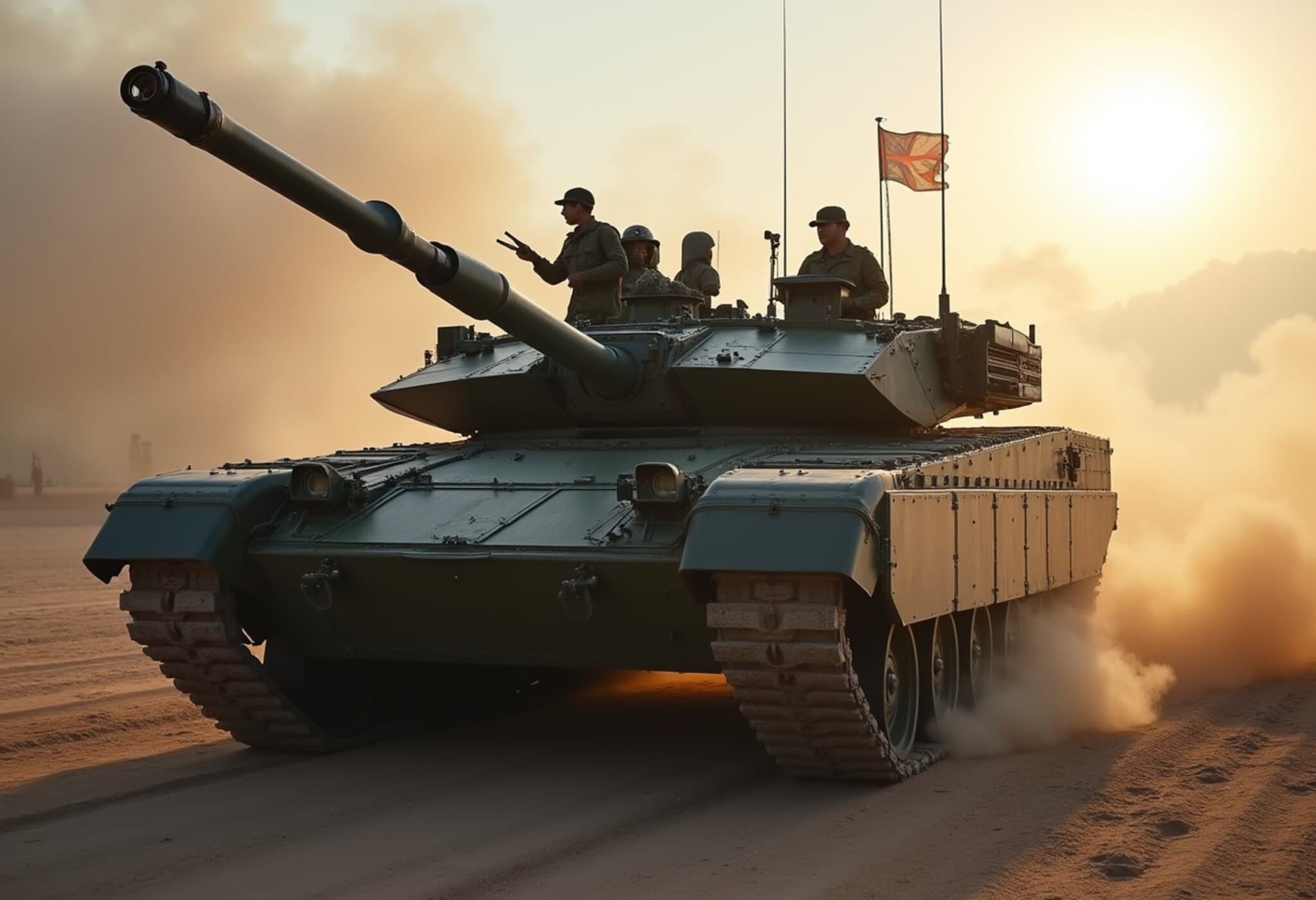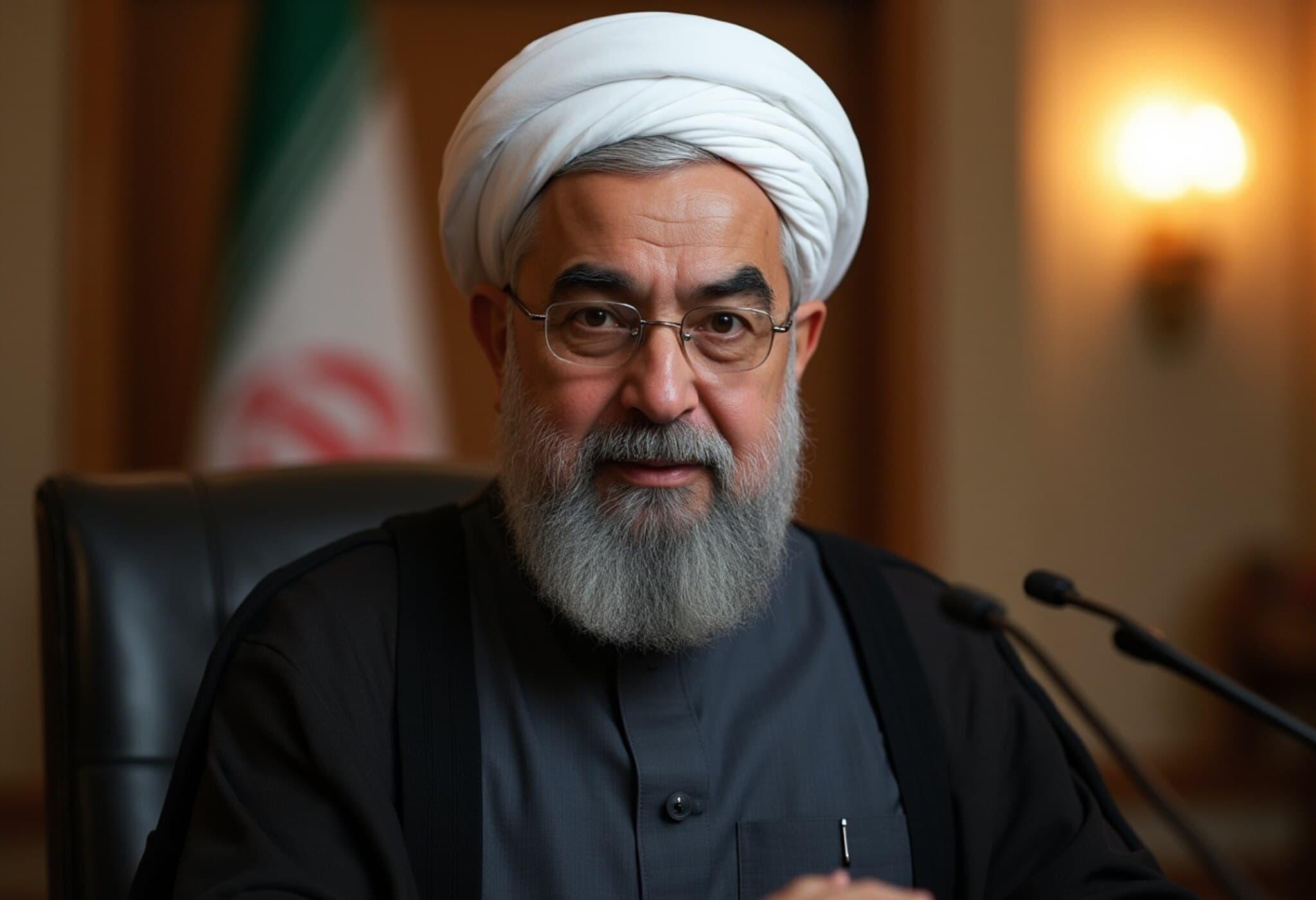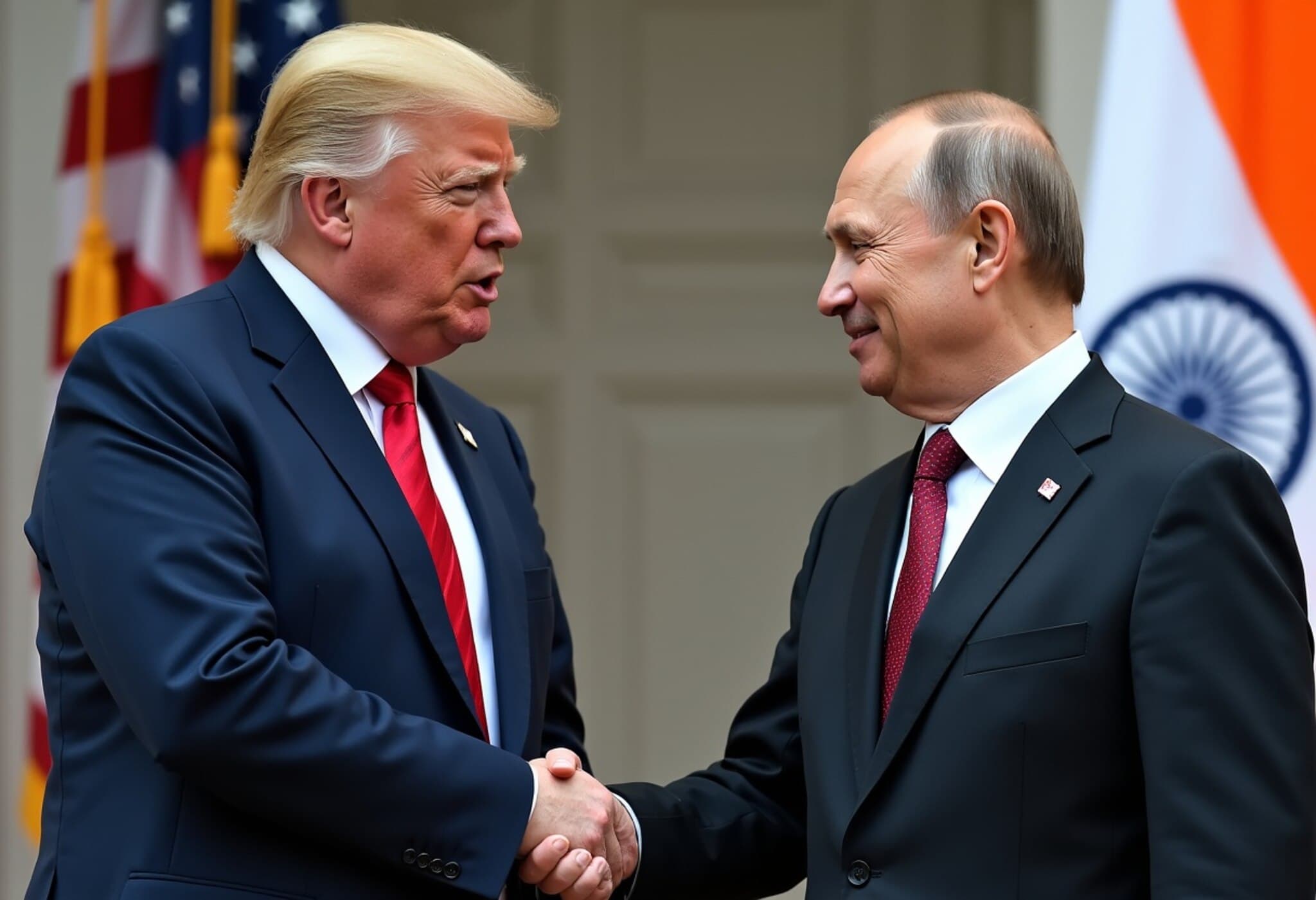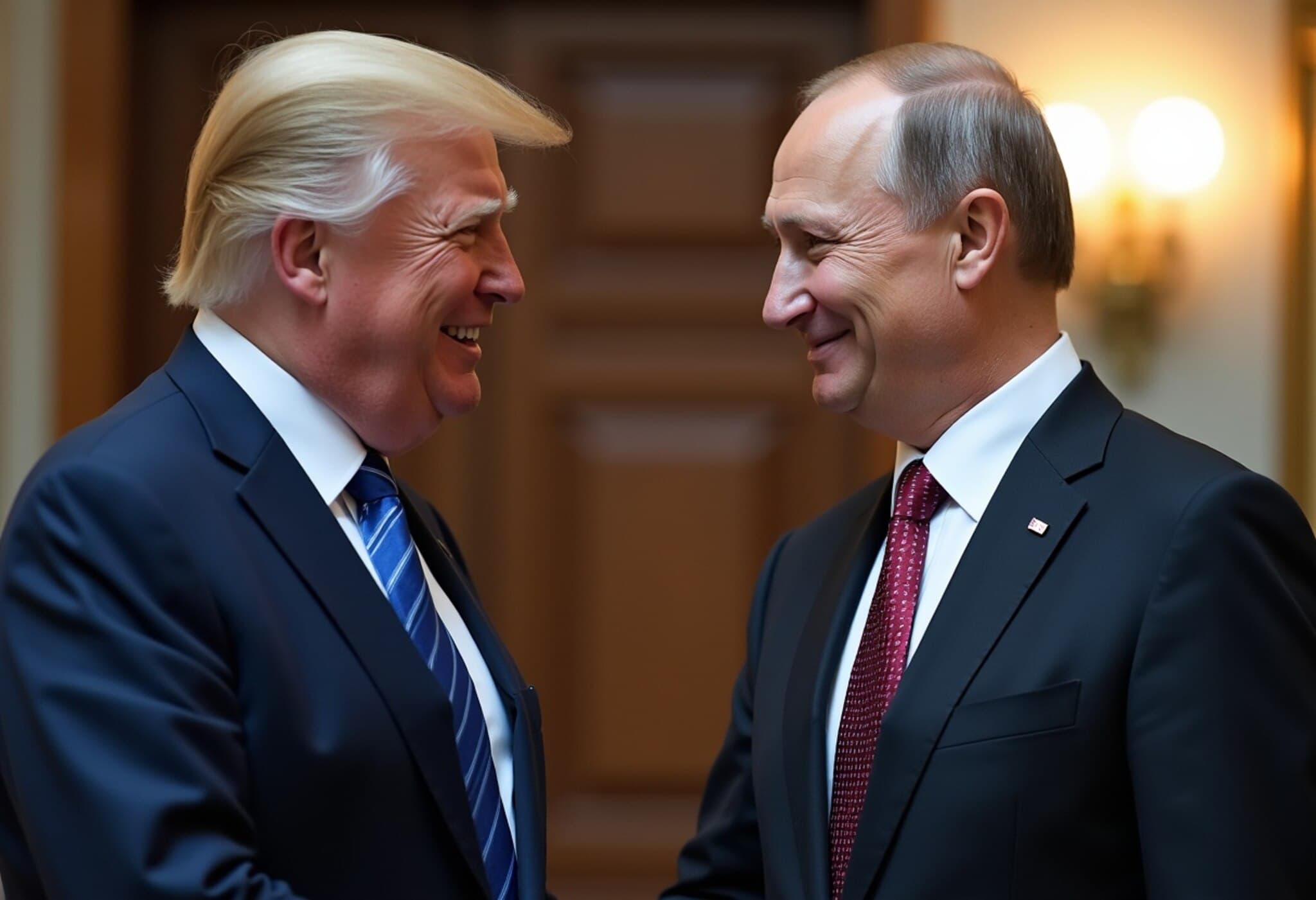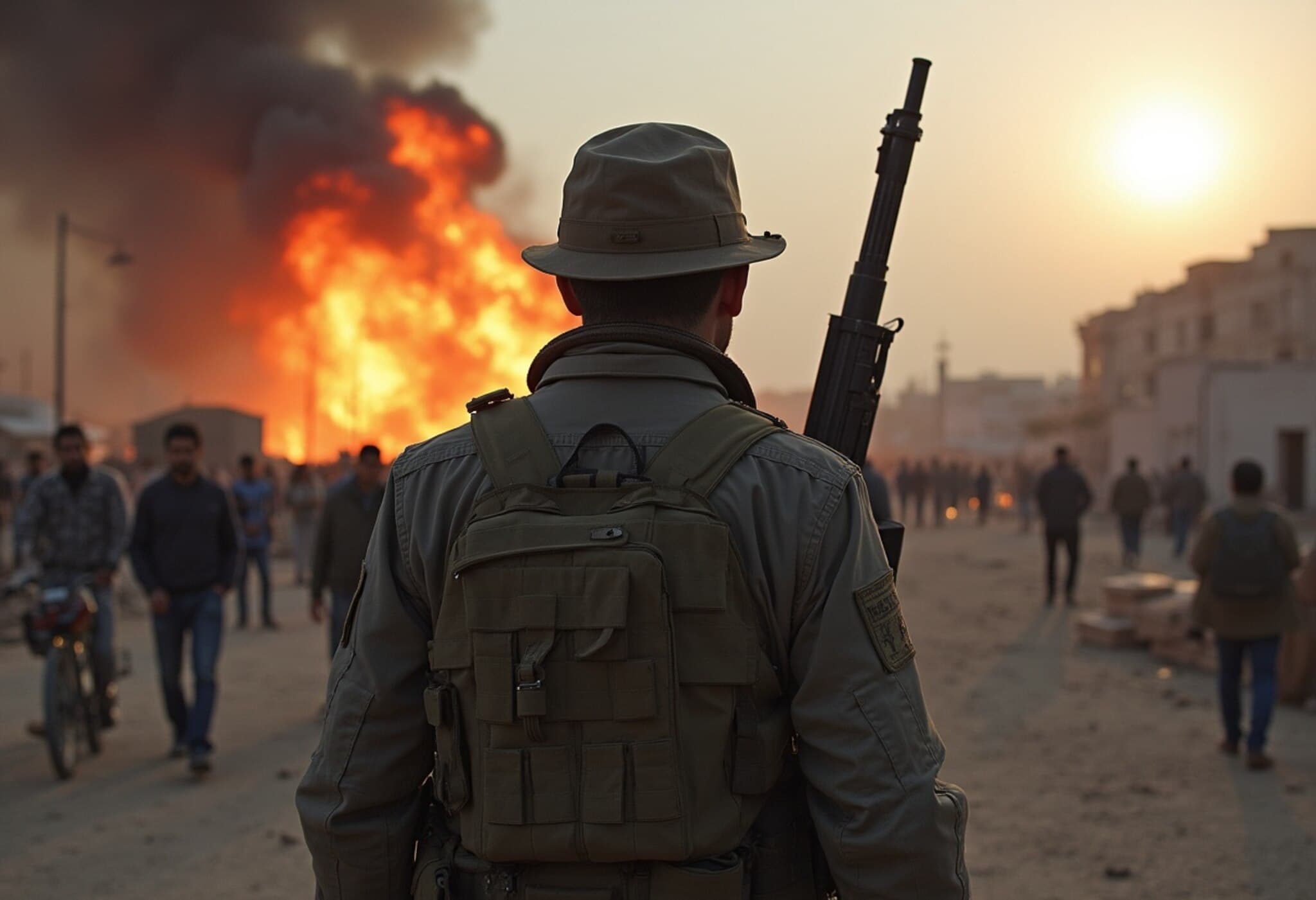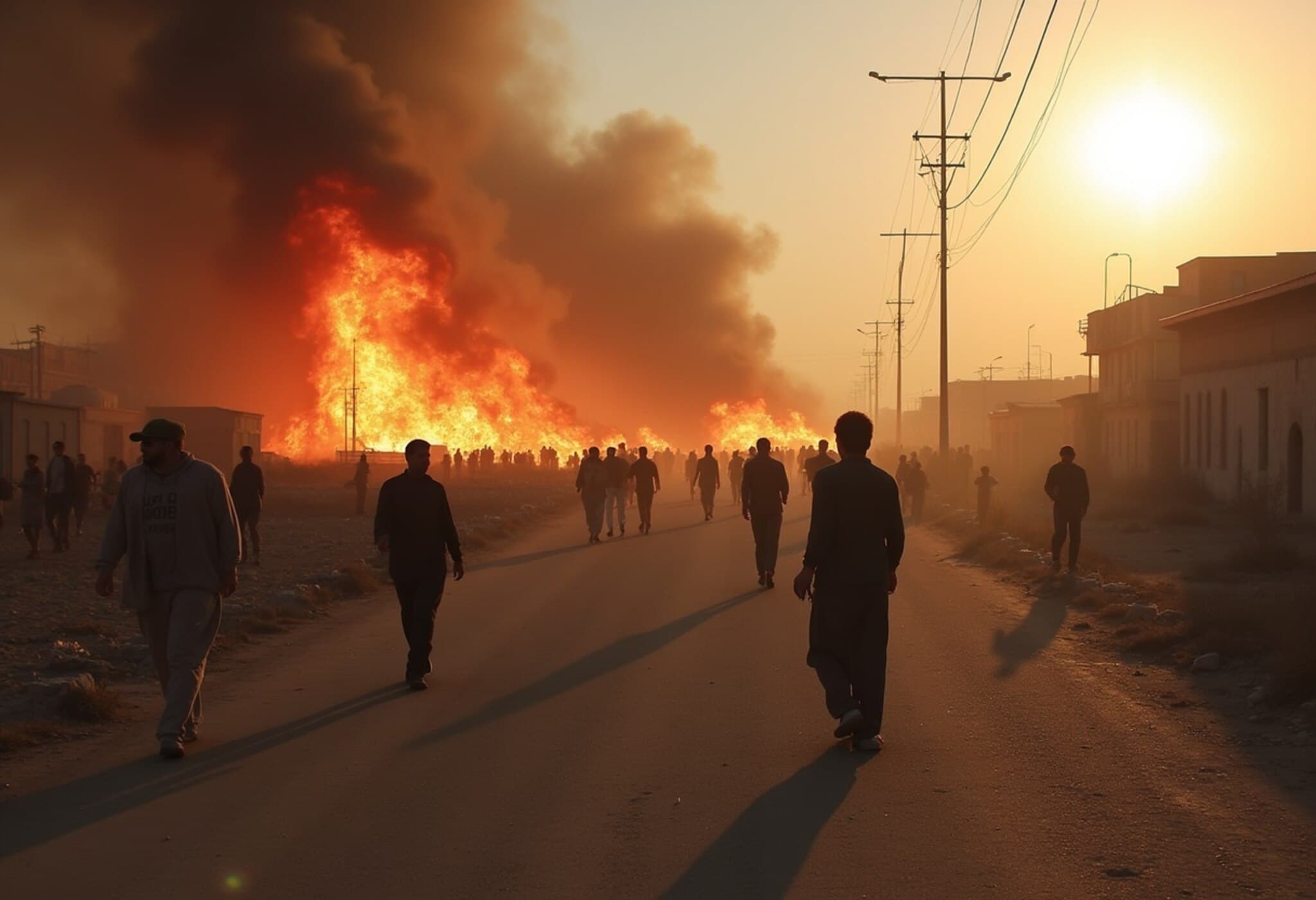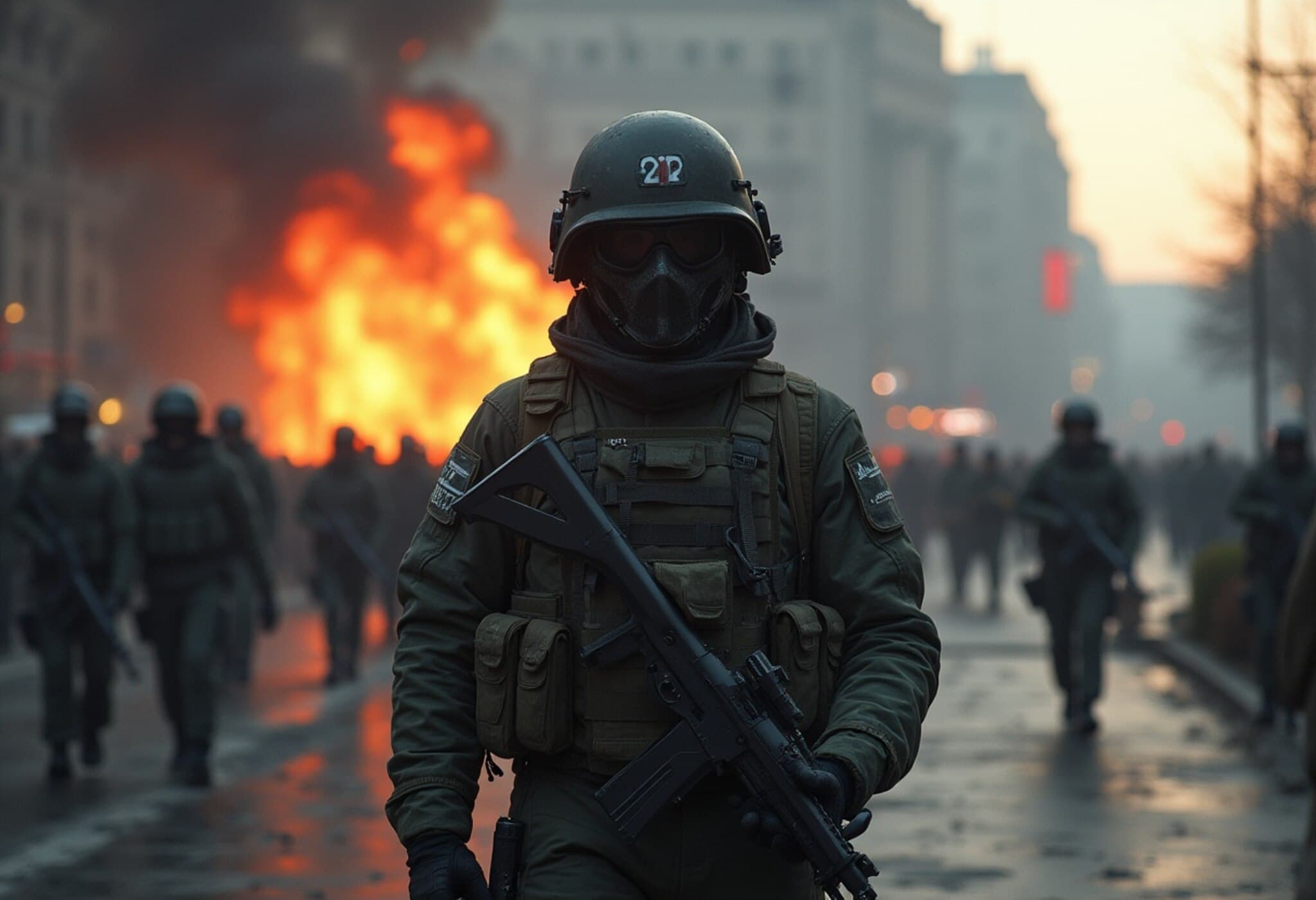Taiwan Launches Largest-Ever Military Drills Inspired by Ukraine’s Resilience
In a clear signal to Beijing amid escalating cross-strait tensions, Taiwan recently kicked off its most extensive military drills to date, incorporating hard-earned lessons from Ukraine’s protracted conflict with Russia. The annual Han Kuang exercises, spanning 10 days, are designed to sharpen Taiwan’s defensive capabilities against potential Chinese aggression, underscoring a strategic shift influenced heavily by Ukraine’s example.
Countering Maritime Harassment and Hybrid Threats
According to Taiwan’s Ministry of Defense, the drills began with operations aimed at countering provocative maneuvers from Chinese Coast Guard and maritime militia vessels. These ships have increasingly harassed Taiwanese fishing and naval vessels near offshore islands close to China’s coastline, testing Taiwan’s maritime resolve. Such grey-zone tactics — ambiguous actions that fall short of open warfare — closely resemble the hybrid warfare methods Russia employed in Ukraine.
Learning from Ukraine: Decentralized Command & Civil Preparedness
For more than three years, Ukraine has endured a brutal war marked by relentless missile strikes and cyberattacks, yet it continues to resist through innovative defense approaches. Taiwan’s military has absorbed crucial lessons, particularly decentralizing command structures to maintain resilience when communication lines are compromised.
Additionally, the Taiwanese government is bolstering civil defense measures, including enhancing air-raid shelters, rolling out public air defense drills, and improving civil preparedness guidance — echoing Ukraine’s comprehensive approach to protecting its population during sustained conflict.
Modernizing Forces with Advanced Weaponry
The drills also showcase Taiwan’s evolving arsenal, featuring newly acquired American systems such as Abrams tanks and HIMARS rocket launchers, both integral to Ukraine’s recent battlefield successes. These platforms enhance Taiwan’s ability to conduct rapid, precise counterattacks and defend strategic points, especially on islands just 160 kilometers from the Chinese mainland.
Simulating Full-Scale Invasion and Reservist Mobilization
The exercises include continuous live-fire drills, anti-landing operations, and the mobilization of a record 22,000 reservists — a massive show of readiness aimed at simulating a credible invasion scenario. This scale of training reflects Taiwan’s acknowledgment of the rising risk of conflict and its commitment to maintaining a state of vigilance.
Fighting Disinformation and Building Public Resilience
Beyond kinetic preparations, Taiwan is also addressing the growing threat of misinformation, an arena where Ukraine has earned hard lessons. Authorities are actively warning citizens about potential propaganda campaigns and disruptions, emphasizing the need for societal resilience alongside military strength.
Strategic Signaling: Deterrence through Demonstration
These increasingly visible and rigorous drills serve a dual purpose: while enhancing Taiwan’s defense posture, they also send a strong message to Beijing — underscoring that Taiwan is capable of unpredictable and robust resistance. Much like Ukraine’s unexpected resilience has complicated Russian plans, Taiwan aims to deter potential Chinese aggression through a combination of preparedness and strategic ambiguity.
Expert Insight: Why Taiwan’s Ukraine-Inspired Strategy Matters
From a policy perspective, Taiwan’s adoption of Ukrainian tactics highlights a significant evolution in how smaller states prepare for asymmetric threats. It reflects an understanding that modern warfare extends beyond traditional battlefields, encompassing cyber warfare, information operations, and civilian involvement. Moreover, Taiwan’s integration of American military technology underscores the ongoing geopolitical interplay in the Indo-Pacific, where U.S. commitments and partnerships play a pivotal role in shaping regional stability.
Questions remain, however: How will China respond to these escalated drills? Will the international community amplify support for Taiwan’s defense initiatives? And crucially, can Taiwan sustain such high levels of readiness while managing the socio-political pressures of prolonged military vigilance?
Editor’s Note
Taiwan’s military exercises are not just routine drills but a reflection of a shifting global security paradigm where frontline democracies draw lessons from one another’s struggles against larger authoritarian neighbors. The intersection of military readiness, civil defense, and information warfare illustrates the complexity of modern defense strategies in an age defined by hybrid threats.
As the world watches the Taiwan Strait with cautious attention, this latest round of exercises poses critical questions about deterrence, resilience, and the future shape of conflict in the 21st century.

